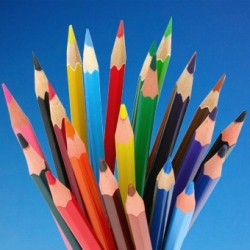
An artificial intelligence system has beaten humans at a sketch-recognition task. The software – called Sketch-a-Net – correctly identified a sample of hand drawings 74.9% of the time compared with the volunteers’ score of 73.1%. the program could be adapted to help police match drawings of suspects to mug shots.
However, one computing expert said a lot more work still needed to be done. Previous sketch-recognition efforts have examined drawings as finished works from which specific features are extracted and then classified, much in the same way they analyse photos.
However, Sketch-a-Net makes use of information about the order the hand strokes were made in. When computer equipment is used to create a drawing, the resulting data includes information about when each line was made as well as where – and the team, from Queen Mary University, took advantage of this additional information.
"Normal computer vision image recognition just looks at all of the pixels in parallel, but there is some additional information offered by the sequence [of the lines]," said Dr Timothy Hospedales, from the university’s computer science department.
"And there is some regularity in how people do it." For example, in the case of an alarm clock, he told the BBC, people usually started by drawing the device’s outline before adding in the hands and then finally creating dashes to represent the hours.
"Different shapes have different ordering – and that’s what the network learns to discover," "Dr Hospedales added. The drawings involved in the test were sourced from a collection of 20,000 sketches known as the TU-Berlin dataset, which has been used in previous image-recognition tasks.
